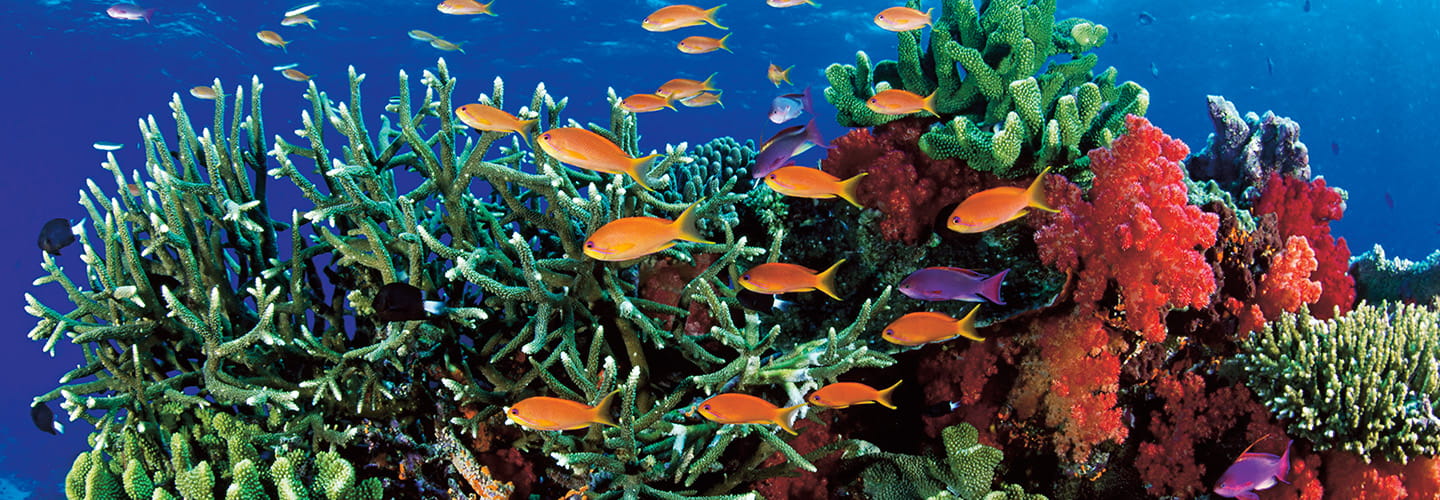Jim McMahon/Mapman®
Ben Henley was 7 years old when he saw a coral reef for the first time. His father had taken him scuba diving in the Coral Sea, off the east coast of Australia. They explored one of Earth’s most spectacular natural wonders: the Great Barrier Reef.
“It’s such a huge and beautiful place,” says Henley. He is a scientist at the University of Melbourne in Australia.
The Great Barrier Reef stretches more than 1,400 miles along the ocean floor. It’s the largest system of coral reefs in the world. And it’s in danger of disappearing.
According to a study released in August, temperatures in the Coral Sea are higher than they have been in 400 years. This is putting the Great Barrier Reef at risk. It’s not the only reef that’s in trouble.
“All coral reefs around the world are in trouble from climate change,” says Henley, an author of the study.

